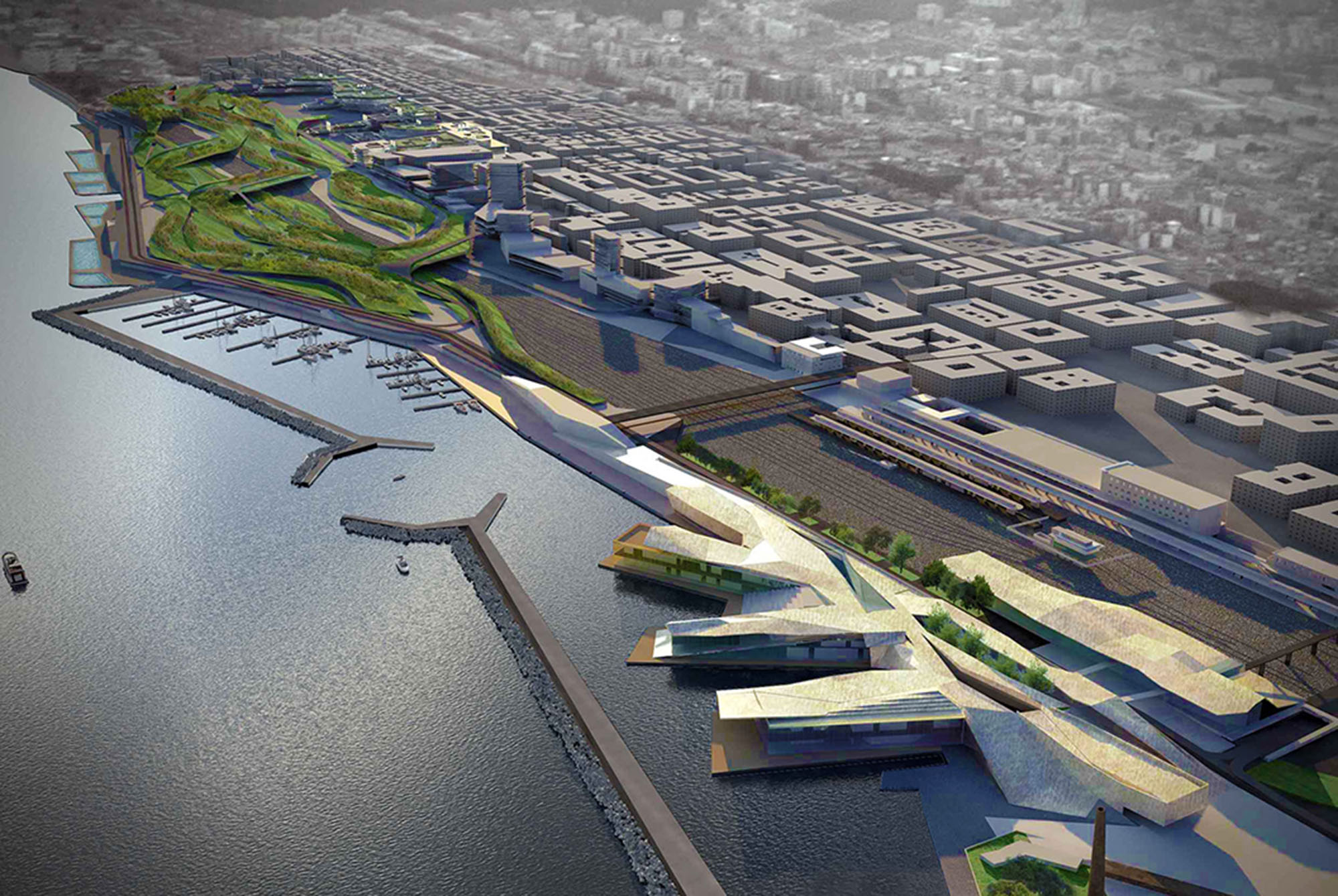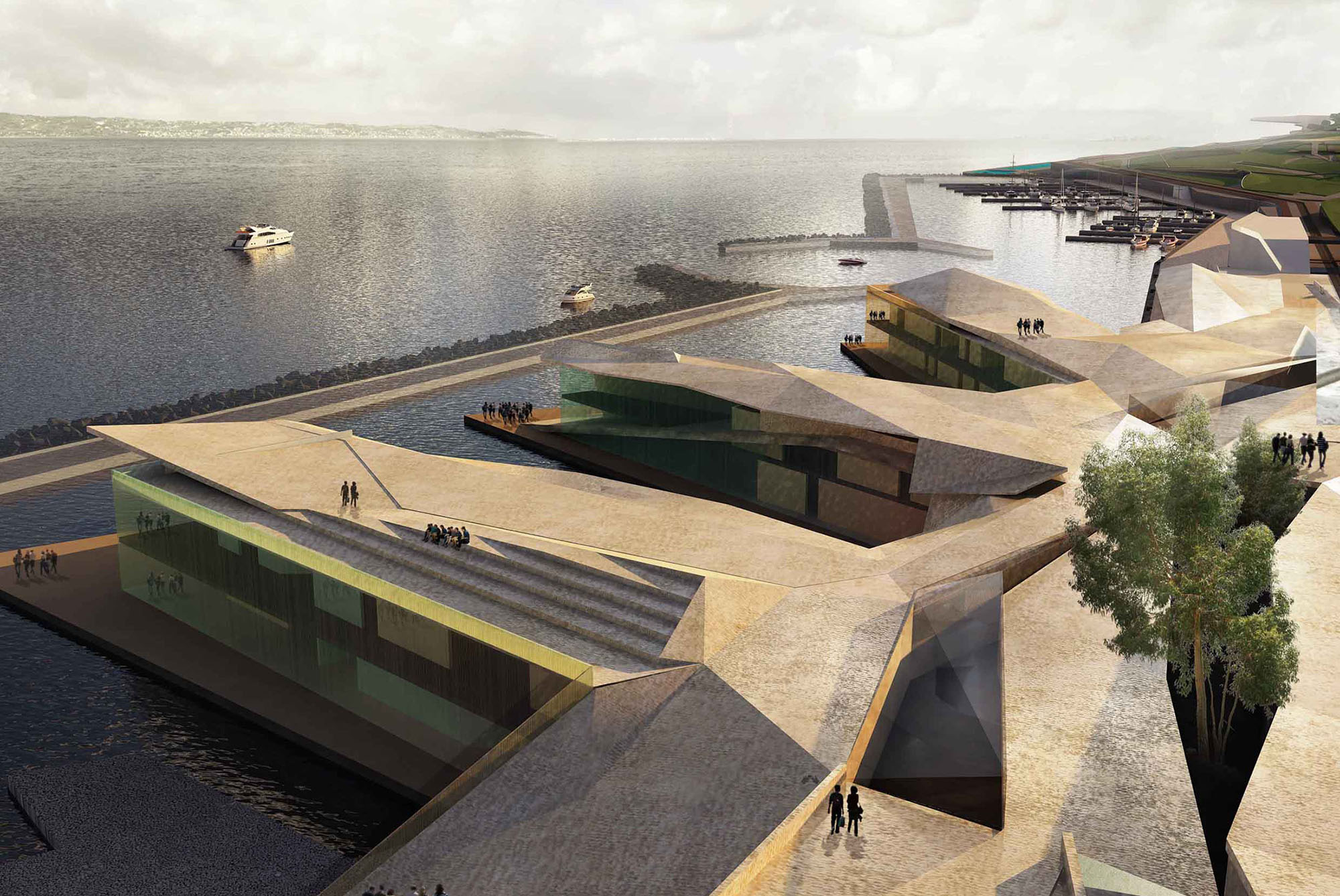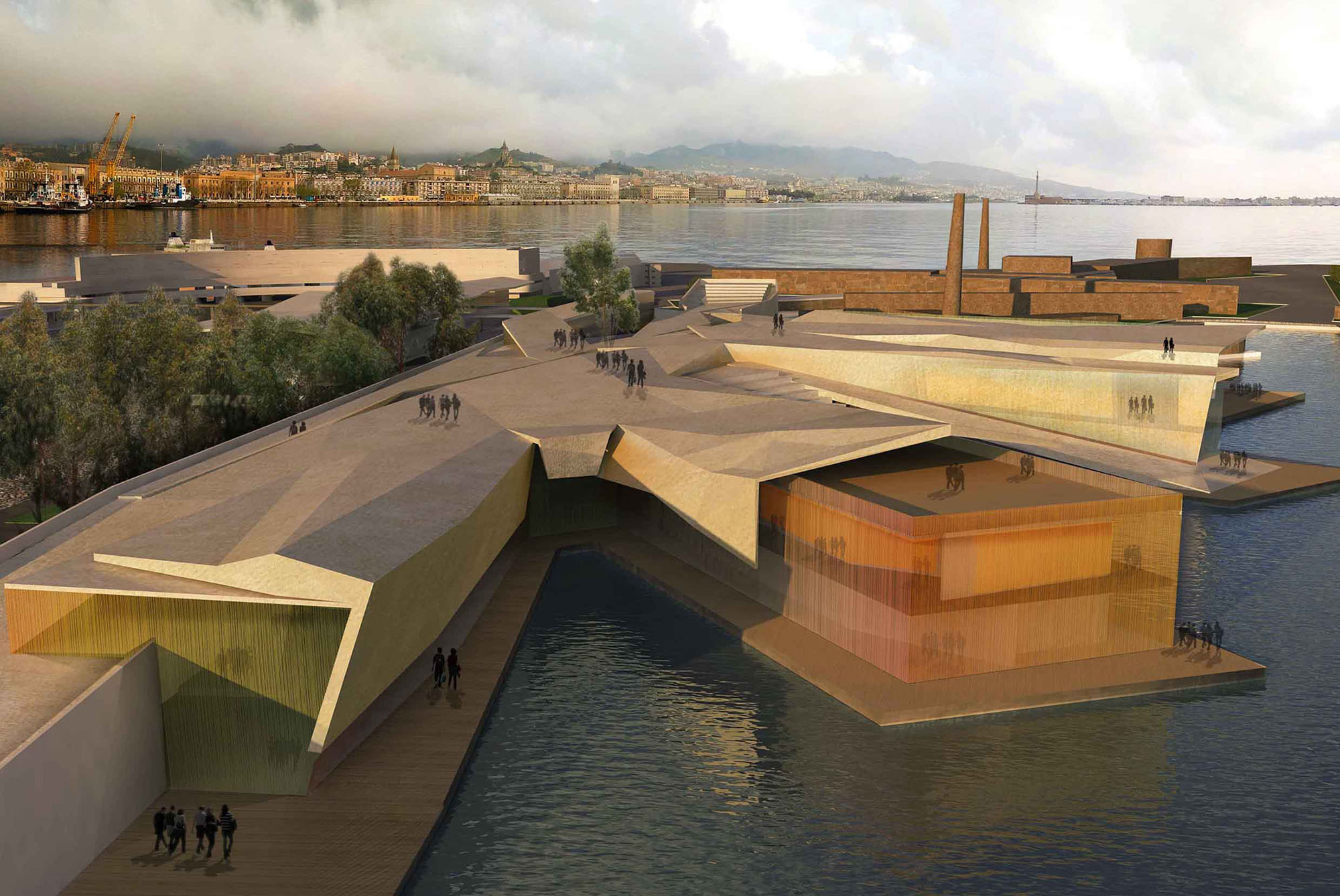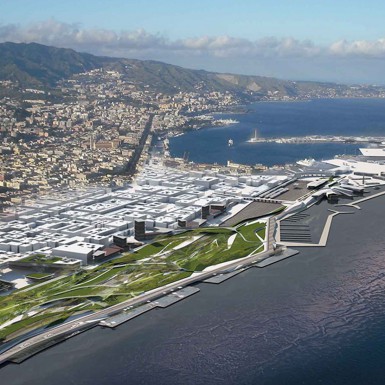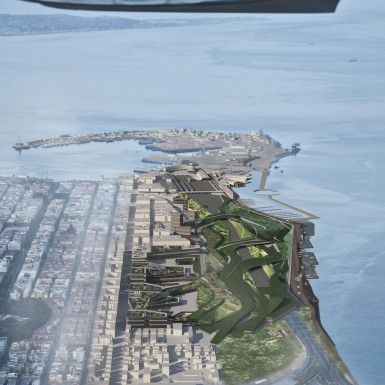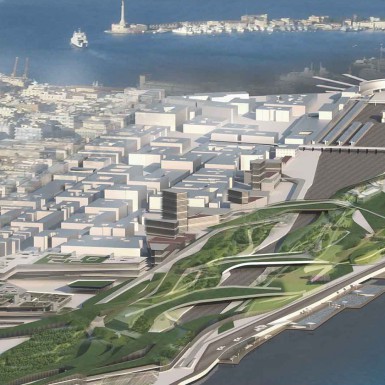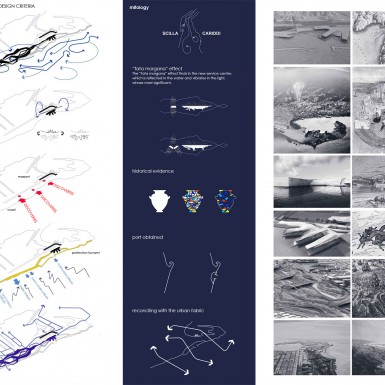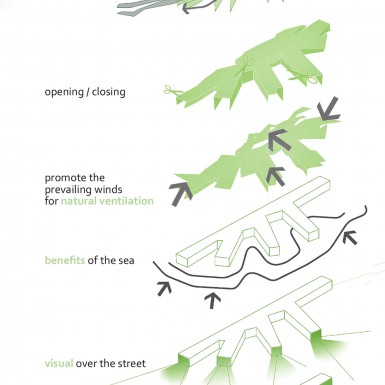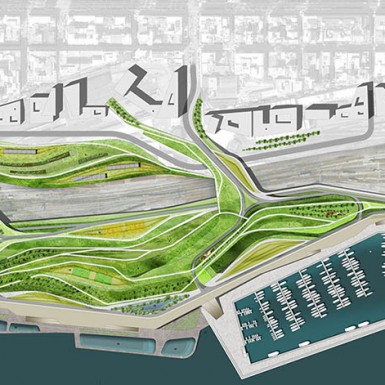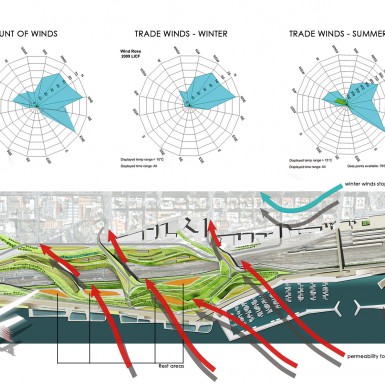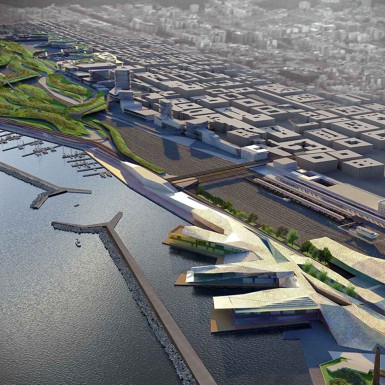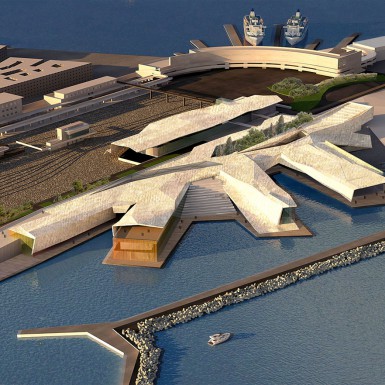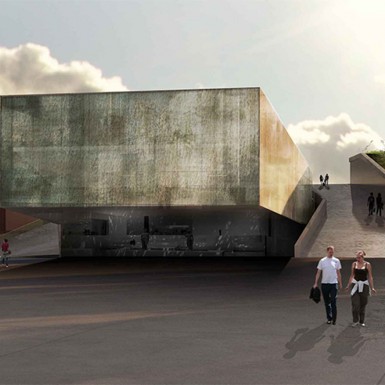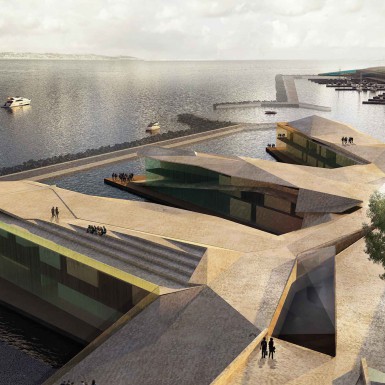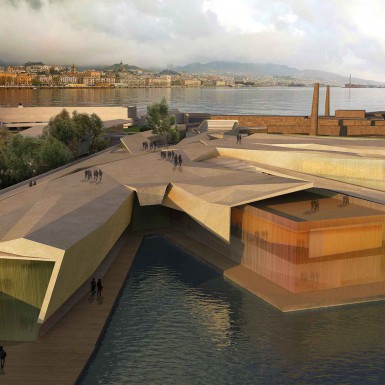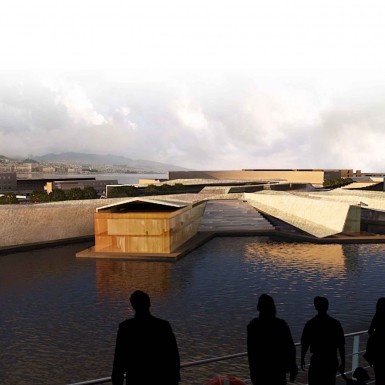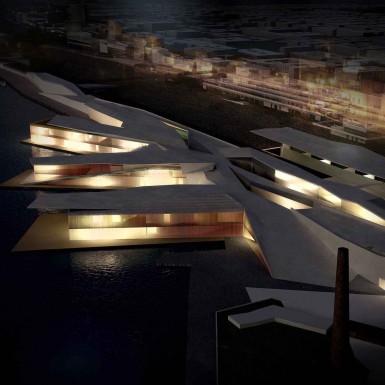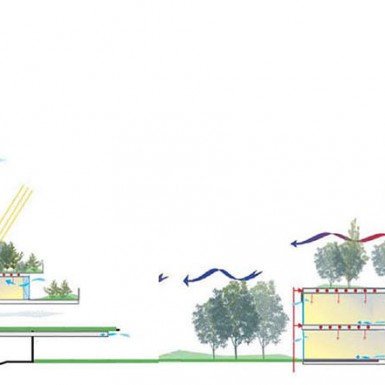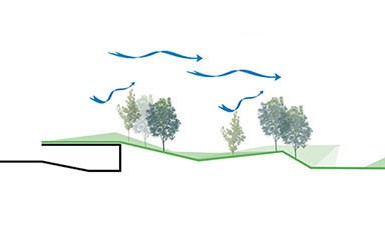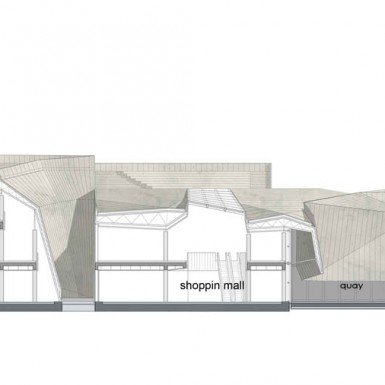È difficile sviluppare un progetto di un nuovo lungomare a Messina senza considerare il suo lungomare, a forma di teatro, la sua Palazzata e tutti i progetti che lo circondano, nel complesso considerando l’immaginario e i miti sullo Stretto.
Il nuovo progetto sul lungomare nella zona di S. Cecilia cerca un collegamento con il lungomare storico della città, immaginando una nuova politica urbana in grado di riportarlo indietro nel tempo. Il lungomare storico deve essere restituito alla città come un grande spazio pubblico e lungomare.
Il nuovo lungomare e quello storico hanno il loro legame in un criterio di continuità tra spazio pubblico e percorsi pedonali e ciclabili. Avremmo due fronti marittimi collegati dalla stazione portuale “Angiolo Mazzoni”, che alleggerita dalla sua funzione di terminal marittimo-ferroviario, costituirà un collegamento di collegamento per le due parti della città.
Il progetto parte da una nozione di sistema di infrastrutture sul lungomare nel suo insieme: uno spazio pubblico fatto di percorsi pedonali e ciclabili che è il collegamento tra i due fronti marittimi, una rete ambientale che, a partire dal nuovo parco urbano sulle aree ferroviarie dismesse, attraversa la città fino alla zona di “Falcata”. I protagonisti sono le reti ambientali e infrastrutturali sul lungomare, con il porto turistico e la stazione balneare, le centralità urbane costituite da un centro polifunzionale, il nuovo fronte della città, il sobborgo ecologico e la nuova stazione.
It’s difficult to develop a project of a new Waterfront in Messina without considering its seafront, theatre-shaped, its Palazzata and all the projects around it, overall considering the imaginary and myths about the Strait. The new waterfront project in S. Cecilia area looks for a link with the city historical seafront, imagining a new urban politic able to take it back on time. The historical seafront needs to be returned back to the city as a big public space and promenade.
The new waterfront and the historical one have their link in a continuity criterion between public space and walking and cycling paths. We would have two seafronts interconnected from the port station Angiolo Mazzoni, that lightened from its function of sea-railroad terminal, will be a connecting link for the two parts of the city.
The project starts from a notion of waterfront infrastructure system as a whole: a public space made of walking and cycling routes that is the connection between the two seafronts, an environmental network that, starting from the new urban park on the dismissed railroad areas goes through the city all the way to the Falcata area. Key players are the environmental and infrastructure’s networks on the seafront, with the touristic port and beach resort, urban centralities made of a multipurpose center, the new front of the city, the eco-suburb and the new station.
Credits | design architects: T-Studio | associate: G. Fiamingo | climate engineers: Transsolar (Germany) | engineering: VIA Ingegneria; Thetis | sustainability: Malearc (Germany)


